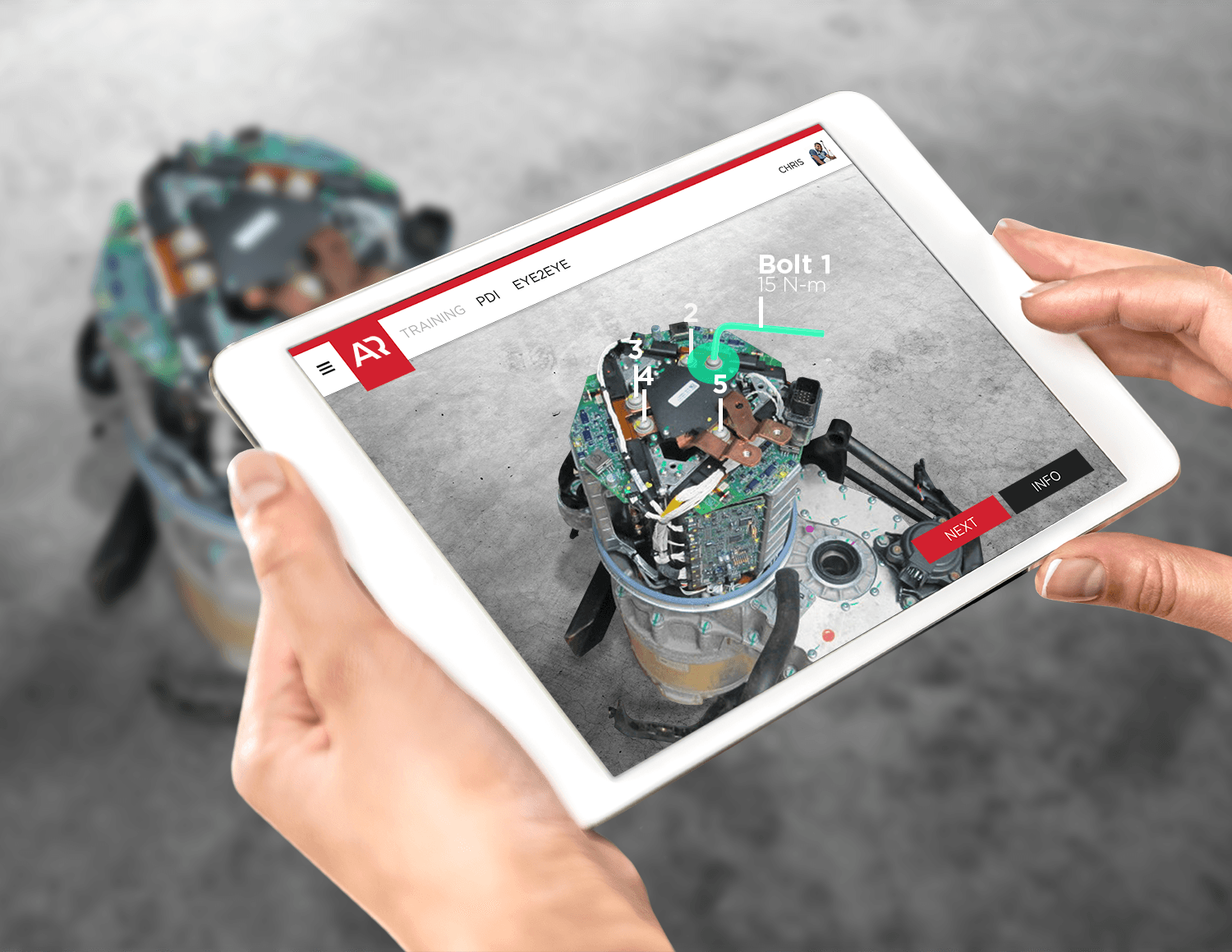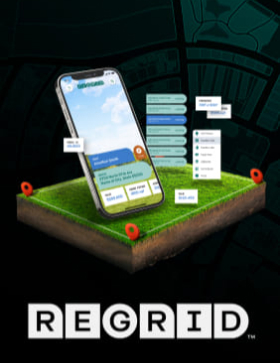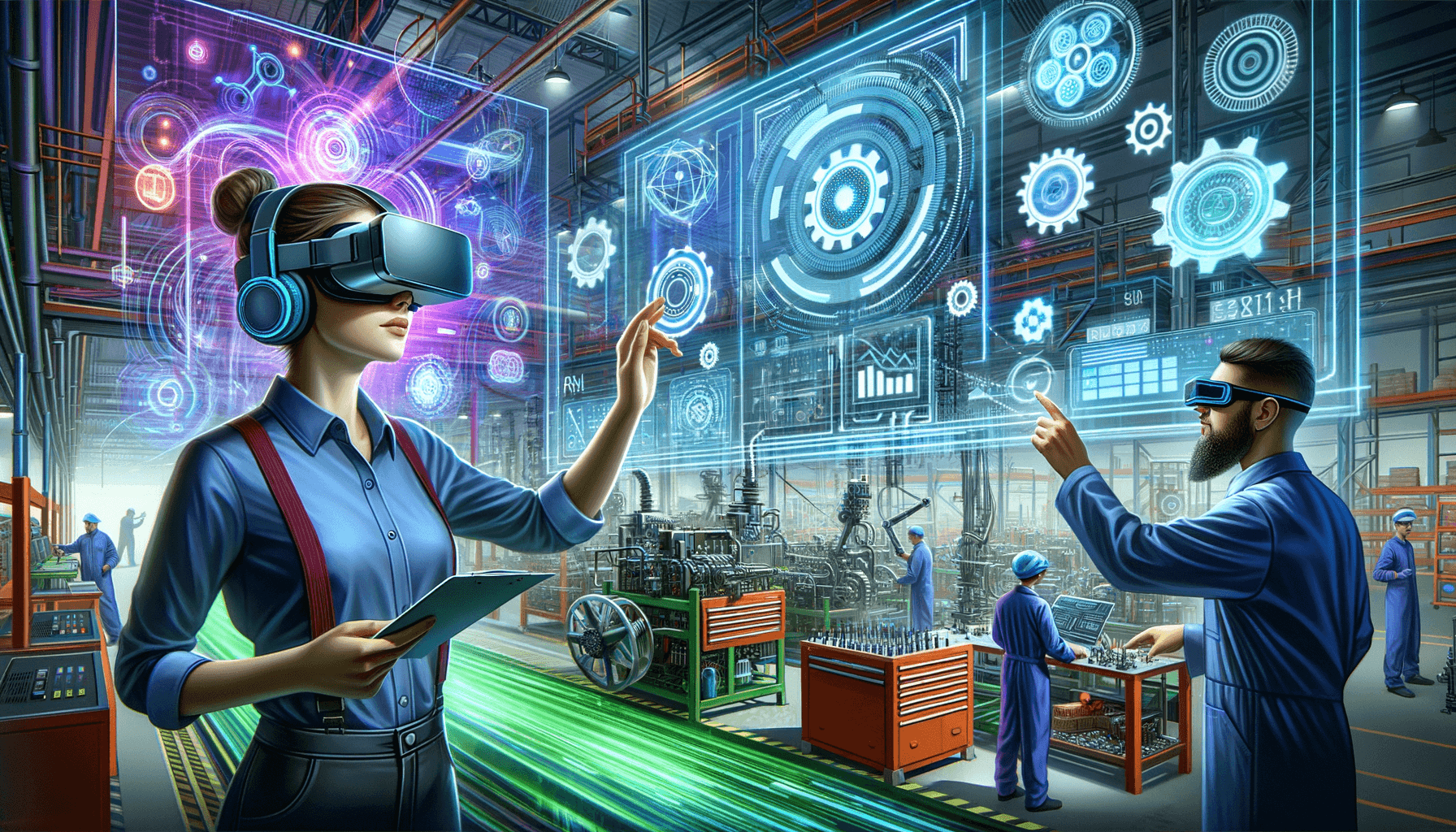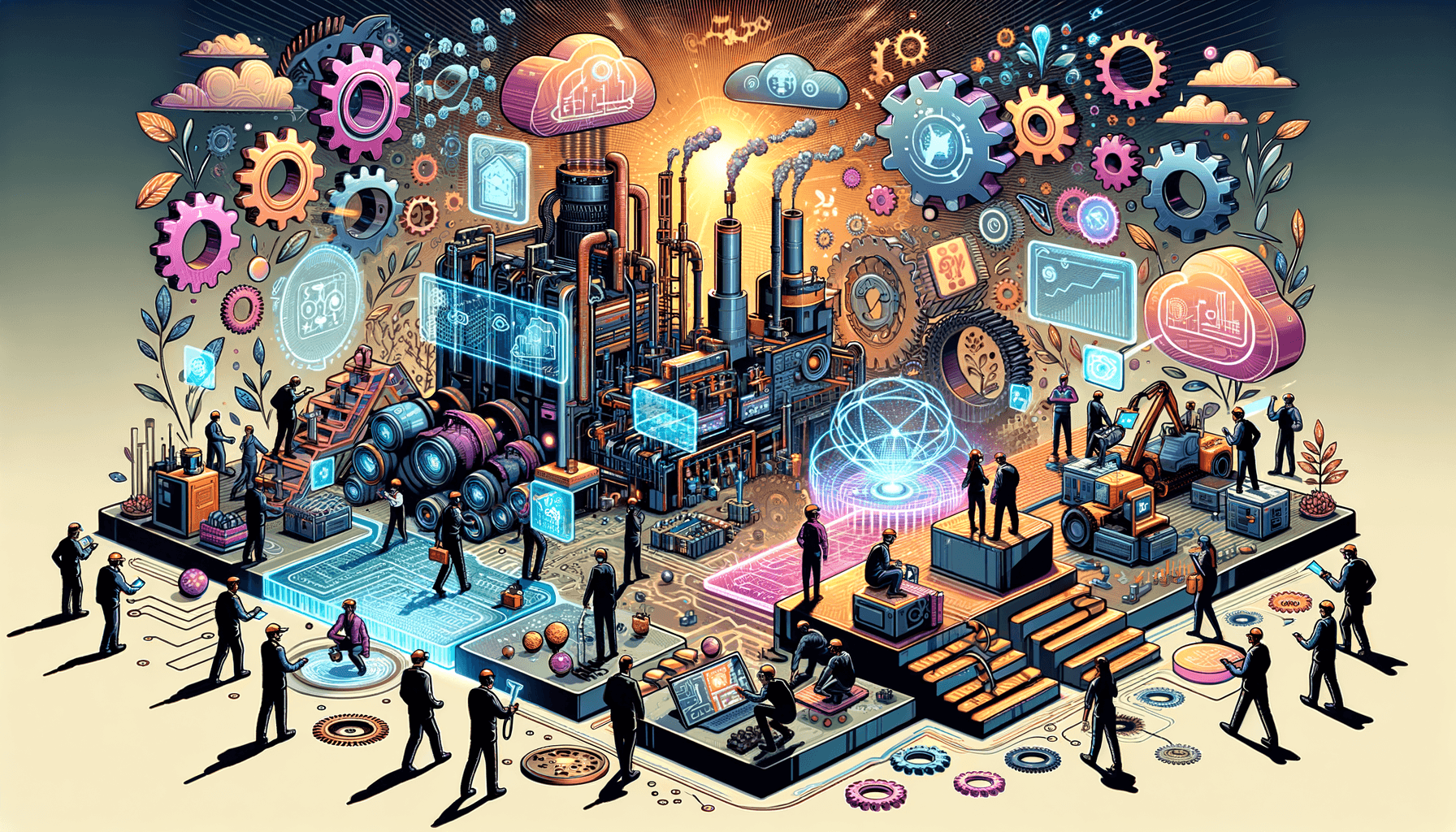
If you’ve been underwhelmed by augmented reality that you’ve seen to date, you’re not alone. For almost a decade (but most recently the last couple of years) the impact that AR will have on our lives has been promised.
But ask anyone on the street about AR and what do you get? Pokemon.
Behind the curtain of AR, however, there have quietly been countless incredible executions — bringing real value and efficiency to a wide range of industries, from manufacturing to education and beyond. It’s the slow, organic growth of a technology that will change our lives. Expecting it to happen overnight? It won’t.
Here at Gravity Jack, we’ve been a voice for AR since 2009. We know the promise that it has, but we’re also not blind to something called Amara’s Law.
Amara’s What?
Roy Amara was an American scientist, researcher and a fellow futurist. He’s up there with the top of ’em — for example, running the Institute for the Future. He is well known for his statement (now his law), which was paraphrased by Robert X. Cringely:
We tend to overestimate the effect of a technology in the short run and underestimate the effect in the long run.
This couldn’t be more true for AR. When new technologies come to the forefront (especially ones with such promise to move our daily experience of life forward), it’s human nature for us to get really excited. We see the possibility and go all ‘Jetsons,’ imagining life with foil jumpsuits and alien disco clubs. Quality technology takes time, not just to develop but to understand and merge into our lifestyles and expectations. We tend to be creatures of habit and changing our workflows, our anticipations for the capabilities and features around us has a learning curve.
That’s ok.
As soon as mobile hardware got to the point of supporting basic AR use cases, teams taking the infant steps of AR (*cough* Gravity Jack included *cough*) got excited — and rightfully so! We partnered with other visionary teams, like TaylorMade Golf, Live Nation Entertainment and many others, creating incredibly unique and immersive digital marketing campaigns.
That’s all great — as it slowly but surely helps to expose the general public to this new technology and its powerful capabilities. Just as Amara anticipated, as the months and years move forward, the inorganic excitement tends to slow and the organic reality comes to fruition.
It’s at this point, where technology’s role in society begins to genuinely formalize.
So What’s Happening To AR?
As Amara’s Law predicts, AR is in the middle of a new surge, growing into the foundational elements of our society. One that, frankly, has a lot more eyes and backing than the first. The world’s most trusted leaders in technology are unapologetic about the impact it will have on our daily lives. Acquisitions of AR providers, platforms and technology are happening seemingly weekly, as Apple, Microsoft and others all stake their claims. Technological visionaries, previously hesitant to put their chips on AR, are calling it out.
I regard [augmented reality] as a big idea like the smartphone. The smartphone is for everyone, we don’t have to think the iPhone is about a certain demographic, or country or vertical market: it’s for everyone. I think AR is that big, it’s huge. I get excited because of the things that could be done that could improve a lot of lives.
— Tim Cook, CEO Apple
Simply put, we’re moving from the short-term hype, into the long-term investment, adoption and true understanding for AR technology that Amara’s Law predicts. It’s an exciting time — arguably more-so than the previous, early excitement.
The Augmented Reality: Industrial, Education, Maintenance & Defense
Augmented reality is far more than virtual games or overlaying 3D models on top of ugly, proprietary and unscalable cousins of the QR-code.
It’s an entirely new, seamless experience for digesting content. It will impact nearly every industry across the world. Sound like the same hype from Amara’s Law? There’s one important distinction:
It ain’t dreams. It actually exists…and is now officially anticipated to be worth $90 billion by 2020.
The following mind-blowing, exciting and totally valid use cases for AR aren’t just hopes and dreams. Each one is possible today:
- Equipping industrial maintenance teams with tablets or helmet visors which can detect intricate details of a massive turbine. It calls out former maintenance information, schedules and elements that require (or are due for) attention. It can detect pieces that are out of place, or possible broken parts and efficiently alert and prioritize the proper attention.
- Medical students who are able to learn by seeing the body come (even more) alive in front of them. Mannequins, previously static pieces of rubber and plastic, appear with step by step callouts, animated instructions for procedures and real world training experiences. Each student, provided with the ability to move the education that they will someday soon use for healing, from the pages of books and theoretical understanding, to their hands — learning by doing, without the fear or consequences of failure.
- Support for a military serviceman or women out in the field, with an AC unit that has gone down. Rather than spending hundreds of thousands of dollars to fly someone into the protected zone for repairs, any of the already-present men or women can pick up a provisioned tablet and be walked, step-by-step, though the simple repair. Each step is verified for successful completion, checked for errors automatically before moving forward to the next.
This is no longer hype. While it is still being absorbed steadily into the world that we see on a daily basis, it’s happening daily. Most importantly, it’s happening at an organic level, thanks to platforms like Gravity Jack’s Adroit technology — which is capable of using a simple webcam or smartphone to instantly detect the 6 degrees of freedom pose for any real world object…from screws to skyscrapers.

AR: Saving Errors, Time, Money — And Lives
Augmented Reality is helping entire industries reduce risk of error, while saving time, money and — in some cases, lives. Amara’s law is a reality of human nature and our interaction with technology. Recognizing it and ensuring that we contribute actively to the organic education, understanding and adoption of new technologies is the responsibility of teams like Gravity Jack.
We’re proud to be an American leader in AR technology. Should you have any questions about how augmented reality can help optimize your industry, feel free to contact us, or review our on-going blog series for AR in a wide range of targeted industries!







